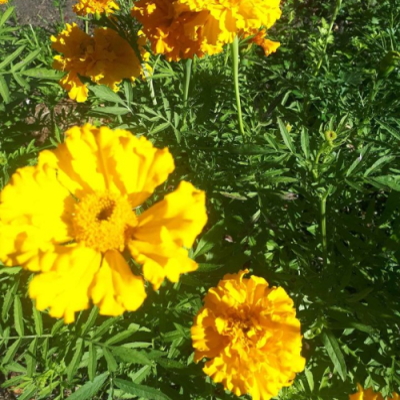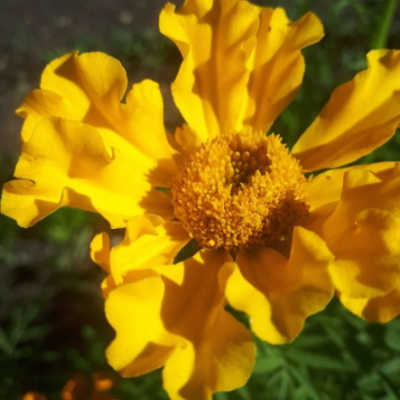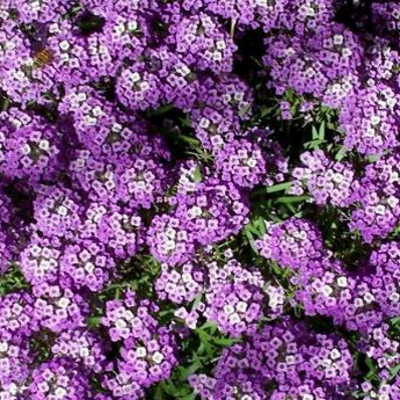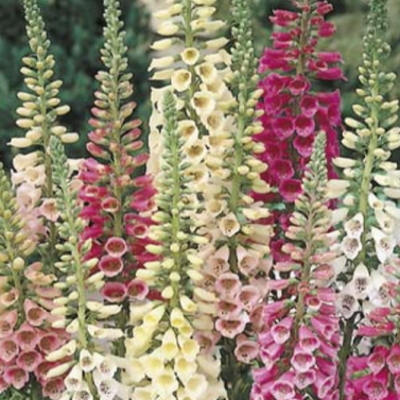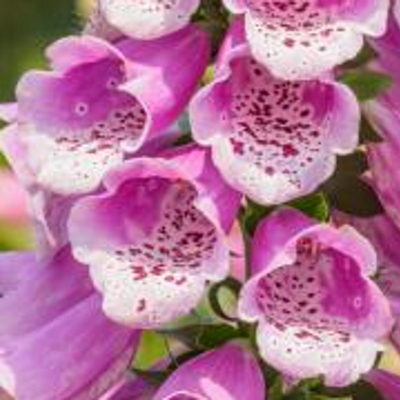-
Out of stock
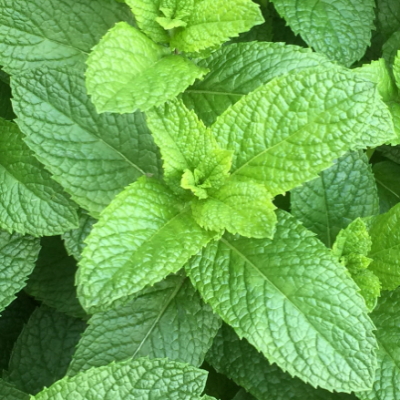 Spearmint came to North America with the Colonists. They used mint teas medicinally for headaches, indigestion and to help them sleep. Mint is also an excellent culinary addition and makes a great tea for the pure pleasure of it. As a general rule, mint family plants root vigorously when allowed to grow freely and can be invasive. Many gardeners grow them in containers to keep them in check.
Spearmint came to North America with the Colonists. They used mint teas medicinally for headaches, indigestion and to help them sleep. Mint is also an excellent culinary addition and makes a great tea for the pure pleasure of it. As a general rule, mint family plants root vigorously when allowed to grow freely and can be invasive. Many gardeners grow them in containers to keep them in check. -
Out of stock
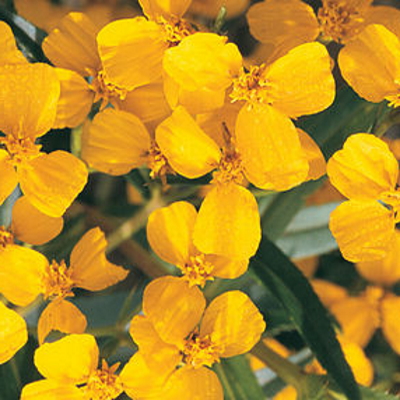
Aromatic leaves are a substitute for French tarragon. Sweet licorice flavor brightens salads and main dishes. The edible, pretty, golden-yellow flowers bloom all summer. Also known as sweet mace or Mexican tarragon. Grows well in sunny hot locations. Try adding to hanging baskets grows 40-55 cm.
-
Out of stock
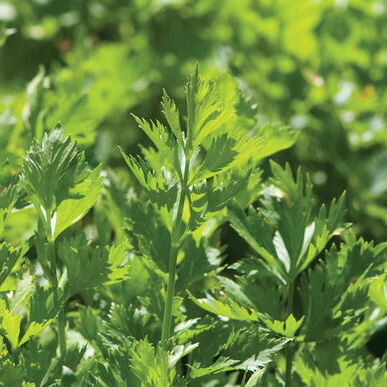
Leafy herb with bold celery flavor. Easier to grow than standard celery. A versatile ingredient for salads, soups, stews, and vegetable medleys. More intense flavour (both fresh and dried) than garden celery.
-
Out of stock
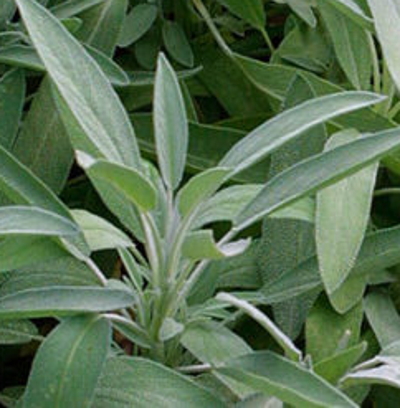
A staple of the herb garden. Dusty, green leaves are used in dressing, sauces, salted herbs, sausage, and tea. Make a good base for dried floral wreaths. Also known as garden sage. Perennial in Zones 4-8.
-
Out of stock
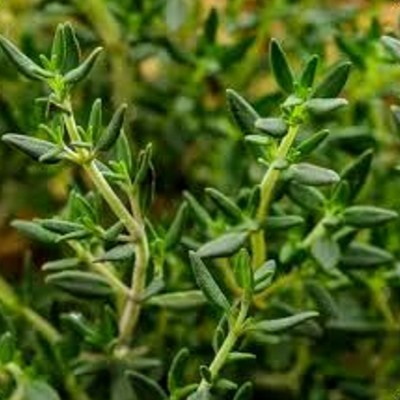
Thyme seeds produce a tasty herb that compliments poultry and other meat dishes and is used extensively in stews, sauces, and marinades. Thyme grows relatively slowly at first but once established, it grows with vigour! This variety of thyme is relatively low growing at 15-30 cm in height.
-
Out of stock
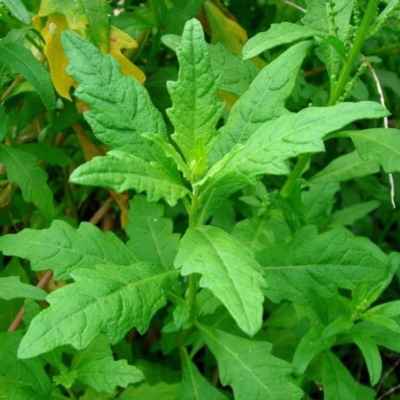
This annual Mexican herb has a pungent aroma, spear-shaped, deeply toothed leaves, and green flowers. It is also known as Wormseed, American Wormseed, Mexican Tea or Herba Sancti Mariae. Epazote's (eh-pah-ZOH-teh) fragrance is strong and pungent. It has been compared to citrus, petroleum, savory, mint, or camphor. It smells pretty strong, but we have found that it does add a wonderful depth of flavor to a pot of beans! With its strong taste and aroma, not everyone takes to it right away, but used as a spice, it adds a wonderful rustic layer of flavor to many Mexican and Latin American dishes, giving them an extra dimension of flavor that just can’t be replicated with any other herb – very similar to the “umami” flavors of fermented Asian ingredients. Epazote leaves are used for their pungent flavor and aroma to season soup, corn, beans, and shellfish in Mexico. It is used in beans to prevent flatulence. It is also brewed for "Jesuit Tea" but the herb's main use is to expel intestinal worms from humans and animals. Oil of chenopodium is derived from this plan.
-
Out of stock
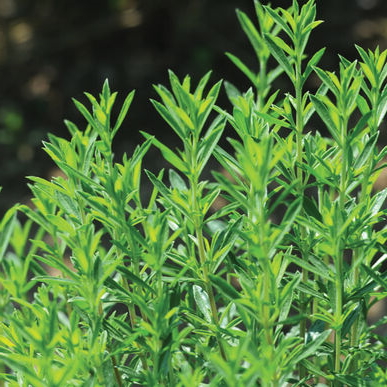
Perennial cousin to summer savory, with thicker and shinier leaves. The flavour is more pungent and biting. Has a higher proportion of thymol than summer savory. This herb is great for culinary uses, however, just as important is its use to attract bees while repelling aphids, and cabbage moths.
-
Out of stock
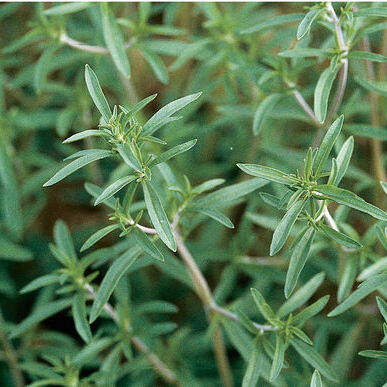
Pepper flavor adds spice to dishes. Long internodes create a tall, somewhat lanky plant. Harvest when buds begin and hang to dry. If you don't have Summer Savory in your garden it's a great time to give it a try. Excellent for all your hearty stews and soups. It's one of our favourite "go to" herbs.
-
Out of stock
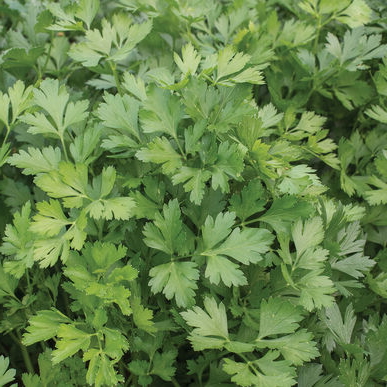
The preferred culinary variety. This parsley is great for so many cooked dishes when a deep true parsley flavour is preferred. The best parsley to dry or freeze. Huge, dark green leaves with great flavor. Strong, upright stems make Giant of Italy one of the best parsley varieties for fresh market sales. Very high yielding. Height 45-60 cm
-
Out of stock
 There is a very good reason why Red Salad Bowl is among the most popular lettuces. Red Salad Bowl is a variety of looseleaf lettuce with oakleaf type leaves. The deep red and purple leaves are especially tender, with sweet and spicy tones. Red Salad Bowl is best grown during the cooler portions of the growing season in spring or fall, though it is slow to bolt in warmer conditions. The leaves are commonly used in salads. The baby greens can first be harvested approximately 25 days after germinating. Try growing some in containers,
There is a very good reason why Red Salad Bowl is among the most popular lettuces. Red Salad Bowl is a variety of looseleaf lettuce with oakleaf type leaves. The deep red and purple leaves are especially tender, with sweet and spicy tones. Red Salad Bowl is best grown during the cooler portions of the growing season in spring or fall, though it is slow to bolt in warmer conditions. The leaves are commonly used in salads. The baby greens can first be harvested approximately 25 days after germinating. Try growing some in containers, -
Out of stock
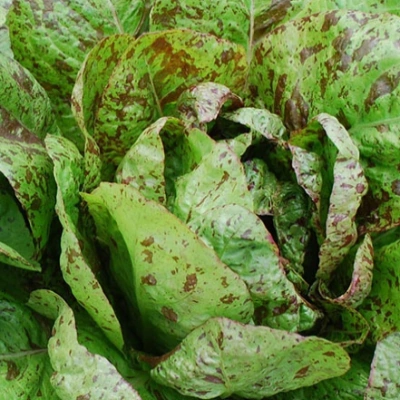 Such a great looking and flavoured Romaine lettuce to have in your garden and in for a salad. The maroon freckles stand out on the glossy green leaves.
Such a great looking and flavoured Romaine lettuce to have in your garden and in for a salad. The maroon freckles stand out on the glossy green leaves. -
Out of stock
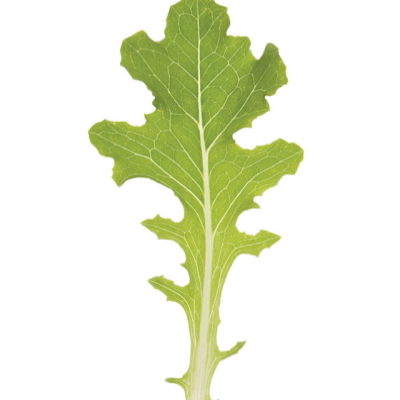 The unique and varied oak style leaf of Bolsachica Organic adds loft and character to baby leaf salad mixes. The leaves are medium to dark green and a bit thicker than others. They grow almost straight upright which makes baby leaf harvesting much easier. Grow this baby leaf lettuce in trays or containers. Cut outside leaves and let inside leaves for future harvests.
The unique and varied oak style leaf of Bolsachica Organic adds loft and character to baby leaf salad mixes. The leaves are medium to dark green and a bit thicker than others. They grow almost straight upright which makes baby leaf harvesting much easier. Grow this baby leaf lettuce in trays or containers. Cut outside leaves and let inside leaves for future harvests. -
Out of stock
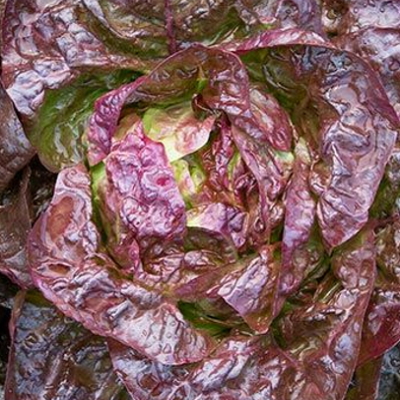 Uniform red butterhead with thick, slightly ruffled Cabernet colored leaves. Dark red outer leaves with a beautiful bright green heart. The leaves are shiny, dense, and durable, making them resistant to damage during washing and handling. Plants keep well in the field throughout the season and do not get bitter with heat.
Uniform red butterhead with thick, slightly ruffled Cabernet colored leaves. Dark red outer leaves with a beautiful bright green heart. The leaves are shiny, dense, and durable, making them resistant to damage during washing and handling. Plants keep well in the field throughout the season and do not get bitter with heat. -
Out of stock
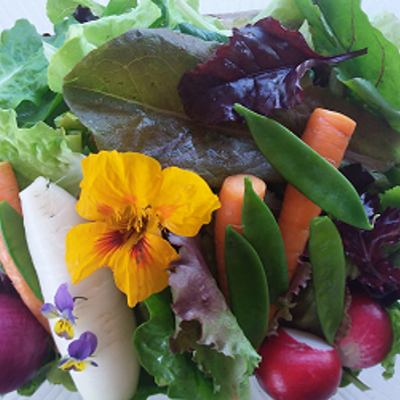
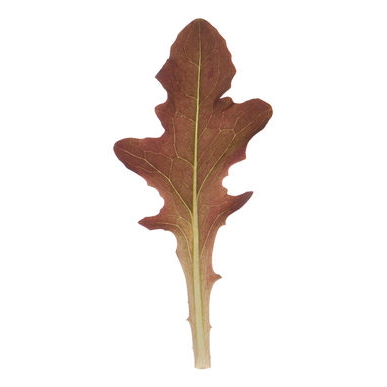 This certified organic lettuce is wonderful lettuce for those who enjoy tender baby leaf lettuce. This is a wonderful organic "cut and come again lettuce". One of the nicest lettuces, it adds a nice colour to a mixed salad, or have a salad using just Blade Organic. Pick the oak shaped leaves at 15 cm to keep to promote new growth throughout the growing season. Plant Blade Organic every 2 weeks from April until September for fresh new growth. May be started indoors 6 weeks before the last frost and planted out into the garden when 4 true leaves form.
This certified organic lettuce is wonderful lettuce for those who enjoy tender baby leaf lettuce. This is a wonderful organic "cut and come again lettuce". One of the nicest lettuces, it adds a nice colour to a mixed salad, or have a salad using just Blade Organic. Pick the oak shaped leaves at 15 cm to keep to promote new growth throughout the growing season. Plant Blade Organic every 2 weeks from April until September for fresh new growth. May be started indoors 6 weeks before the last frost and planted out into the garden when 4 true leaves form. -
Out of stock

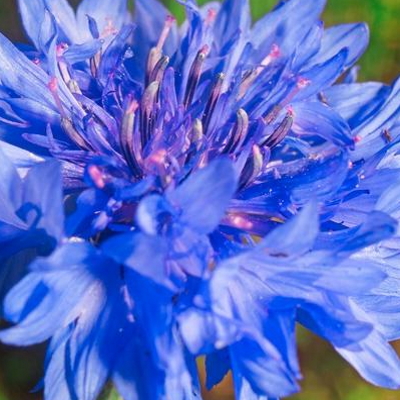 Bachelor's Button or Cornflower-It's hard to beat the colours of the bachelor's button. It got the name "cornflower" because it grew as a weed in cornfields, but you may welcome it in your garden. It does spread, but it is easy to pull out any extras. This tall 90 cm mix comes in the colours of purple, blue, pink and white provide papery blossoms that bring summer colour to the garden. They're attractive planted in a group in a corner or open spot in the garden. Deadhead regularly to prolong blooming. Plant periodically over spring to prolong bloom times.
Bachelor's Button or Cornflower-It's hard to beat the colours of the bachelor's button. It got the name "cornflower" because it grew as a weed in cornfields, but you may welcome it in your garden. It does spread, but it is easy to pull out any extras. This tall 90 cm mix comes in the colours of purple, blue, pink and white provide papery blossoms that bring summer colour to the garden. They're attractive planted in a group in a corner or open spot in the garden. Deadhead regularly to prolong blooming. Plant periodically over spring to prolong bloom times. -
Out of stock
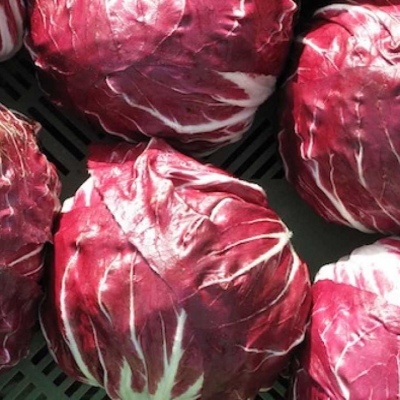 Although this is called a challenging crop to grow, it is not quite so challenging in the Calgary climate. It does take a bit more work but the use of the young leaves then heads later makes the work more than worthwhile. The young fresh heads are a visual delight for the eyes and a culinary treat for the taste buds! A spreading, leafy plant producing open, round heads 5-10 cm in diameter. Beautiful dark red leaves that withstand considerable frost. Follow our planting instructions for our foolproof method of growing great Radicchio. A cold frame or a basement is all that's needed to enjoy these culinary delights.
Although this is called a challenging crop to grow, it is not quite so challenging in the Calgary climate. It does take a bit more work but the use of the young leaves then heads later makes the work more than worthwhile. The young fresh heads are a visual delight for the eyes and a culinary treat for the taste buds! A spreading, leafy plant producing open, round heads 5-10 cm in diameter. Beautiful dark red leaves that withstand considerable frost. Follow our planting instructions for our foolproof method of growing great Radicchio. A cold frame or a basement is all that's needed to enjoy these culinary delights. -
Out of stock
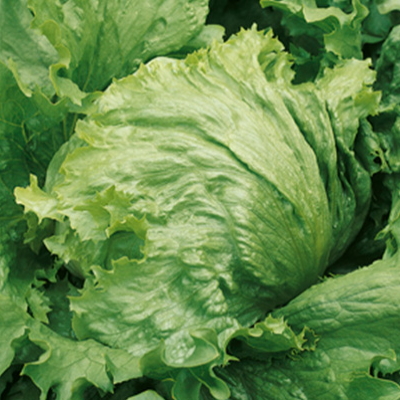 This small iceberg lettuce is compact small heads and is great for small families. It matures quickly and tolerates the heat well, so plant in intervals throughout the season to keep a fresh supply. Pick early in the morning for crisp fresh lettuce on hand. Nice dark green leaves have a crisp, sharp flavour. High resistance to downy mildew.
This small iceberg lettuce is compact small heads and is great for small families. It matures quickly and tolerates the heat well, so plant in intervals throughout the season to keep a fresh supply. Pick early in the morning for crisp fresh lettuce on hand. Nice dark green leaves have a crisp, sharp flavour. High resistance to downy mildew. -
Out of stock
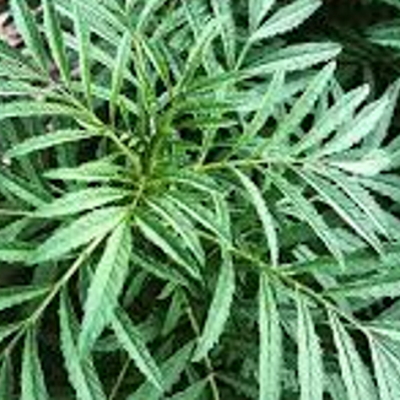 Peruvian Black Mint a.k.a Huacatay. Meet corianders closest cousin, Peruvian Black Mint gives hope to those who intensely dislike coriander. The soft, lacy leaves of this Andean relative of the marigold have a bright, fresh, intensely aromatic fragrance. This herb is ridiculously easy to grow, helps kills some perennial weed roots, and deters all kinds of pests and bugs. Related to marigold but with tiny flowers and is drought resistant. This herb is not only used for its culinary purposes it is essential when it comes to deterring pests, especially in mustard crops like radishes.
Peruvian Black Mint a.k.a Huacatay. Meet corianders closest cousin, Peruvian Black Mint gives hope to those who intensely dislike coriander. The soft, lacy leaves of this Andean relative of the marigold have a bright, fresh, intensely aromatic fragrance. This herb is ridiculously easy to grow, helps kills some perennial weed roots, and deters all kinds of pests and bugs. Related to marigold but with tiny flowers and is drought resistant. This herb is not only used for its culinary purposes it is essential when it comes to deterring pests, especially in mustard crops like radishes. -
Out of stock
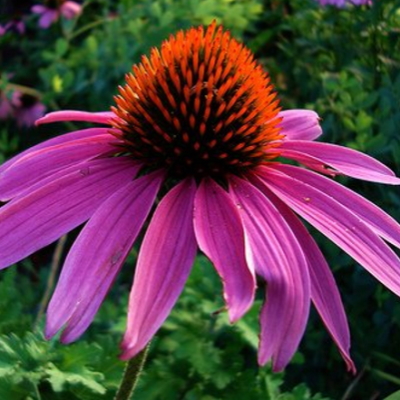 Purple coneflowers are found in many flower gardens. Purple coneflower (Echinacea purpurea) in the garden or flower bed draws bees and butterflies, ensuring that nearby plants have plenty of pollinators. The plant also provides a tall background or repeating rows of large (often 6 inches across) purple, daisy-like flowers. The sturdy stalks, which may reach 5 feet in height, rarely bend or require staking for an upright appearance. Coneflower plants may actually display pink flowers, when the cultivar Echinacea purpurea ‘Pink Double Delight’ is planted.
Purple coneflowers are found in many flower gardens. Purple coneflower (Echinacea purpurea) in the garden or flower bed draws bees and butterflies, ensuring that nearby plants have plenty of pollinators. The plant also provides a tall background or repeating rows of large (often 6 inches across) purple, daisy-like flowers. The sturdy stalks, which may reach 5 feet in height, rarely bend or require staking for an upright appearance. Coneflower plants may actually display pink flowers, when the cultivar Echinacea purpurea ‘Pink Double Delight’ is planted. -
-
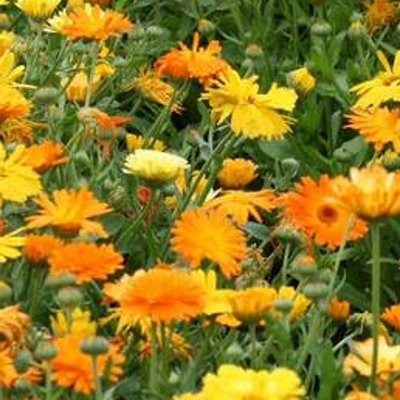
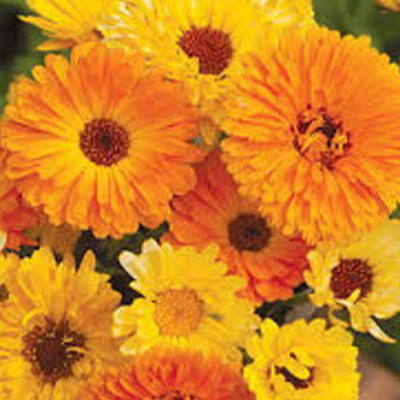 Calendula are actually short-lived tender perennials that are grown as annuals in Canada. Large 10 cm blooms in a nice range of colours -apricot, cream, orange and yellow. They flower generously through the summer on well-branched plants that grow to 45 cm in height. Calendula is also known as the pot marigold and grows nicely in containers! One of the easiest flowers to grow. Try using petals in salads. Pick when in full bloom to dry for homemade teas, soaps, and calendula cream. Calendula is a versatile plant that can be used for it's culinary and healing properties and for long-lasting cut flowers.
Calendula are actually short-lived tender perennials that are grown as annuals in Canada. Large 10 cm blooms in a nice range of colours -apricot, cream, orange and yellow. They flower generously through the summer on well-branched plants that grow to 45 cm in height. Calendula is also known as the pot marigold and grows nicely in containers! One of the easiest flowers to grow. Try using petals in salads. Pick when in full bloom to dry for homemade teas, soaps, and calendula cream. Calendula is a versatile plant that can be used for it's culinary and healing properties and for long-lasting cut flowers. -
-
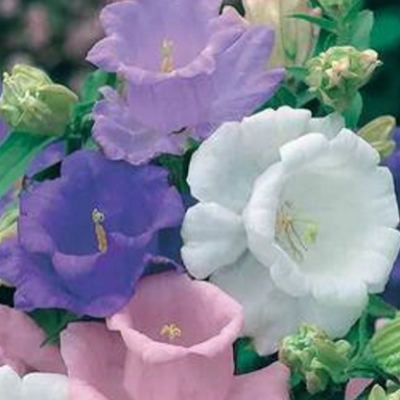 Canterbury Bells Cup and Saucer Mix is a hardy, attractive biennial flowering plant. Canterbury Bells seeds are a good way to establish this flowering bellflower mix that produces bell-shaped flowers with a flat base in various shades of blue, pink, and white. Canterbury Bells is the biennial, so the plant produces foliage the first year and flowers the second year blooming from spring to early summer.
Canterbury Bells Cup and Saucer Mix is a hardy, attractive biennial flowering plant. Canterbury Bells seeds are a good way to establish this flowering bellflower mix that produces bell-shaped flowers with a flat base in various shades of blue, pink, and white. Canterbury Bells is the biennial, so the plant produces foliage the first year and flowers the second year blooming from spring to early summer. -
